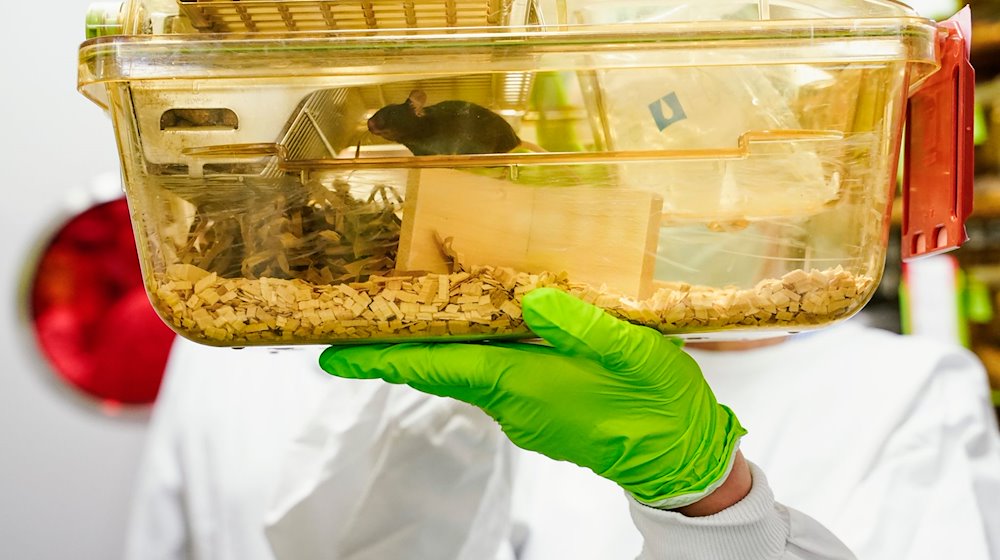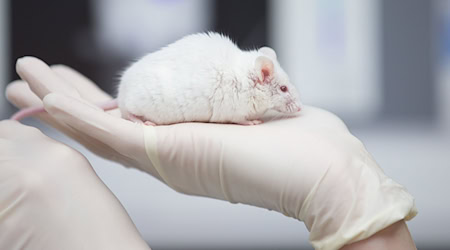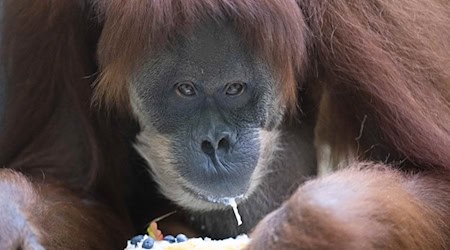In the past year, 138 animal experimentation projects were approved in Saxony. 30 of these underwent a simplified approval procedure, for example because an animal experiment is required by law for the research purpose, as the Saxony State Directorate announced on request. The permits are usually applied for and granted for a period of three to five years.
A total of around 122,000 animals were used in experiments in the state in 2022. This is according to figures from the German Center for the Protection of Laboratory Animals. A further 11,000 or so animals were killed for scientific purposes, for example to use their organs or tissue for cell cultures. In addition, there were around 80,000 animals that were bred for scientific purposes but not used for these purposes and then killed, for example because they did not have a desired genetic modification. Across Germany, 1.73 million animals were used in experiments. More recent data on laboratory animals is not available.
In Saxony, experiments were most frequently carried out on mice (110,000), followed by zebrafish (7100). Tests were also carried out on rats (872), pigs (916) and horses (374). In addition, 27 dogs were among the test animals, the majority of which were used in higher education and vocational training.
According to the state directorate, seven research institutes conduct animal experiments in the state: the Fraunhofer Institute, the Helmholtz Association of German Research Centers, the State Office for Environment, Agriculture and Geology, the LUPUS Institute for Wolf Monitoring and Research in Germany, the Max Planck Institute of Molecular Cell Biology and Genetics, the Technical University of Dresden and the University of Leipzig. The facilities are reportedly inspected at least every three years, while primate holdings are inspected annually. The inspections are both announced and unannounced.
Copyright 2024, dpa (www.dpa.de). All rights reserved










